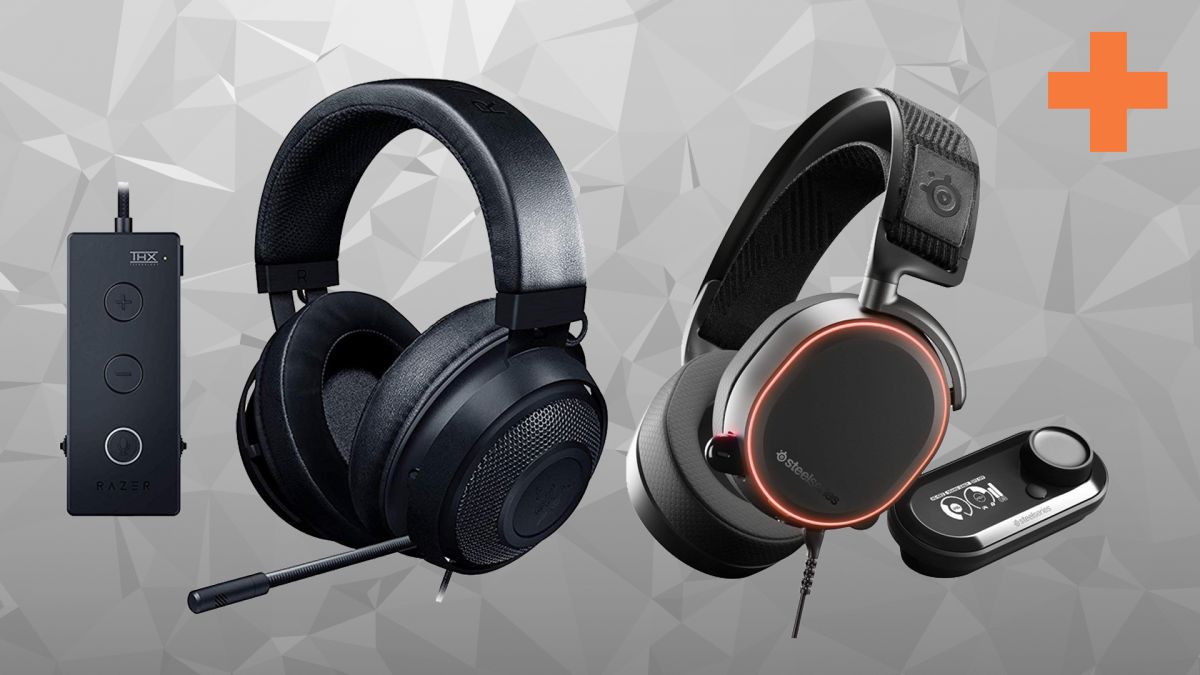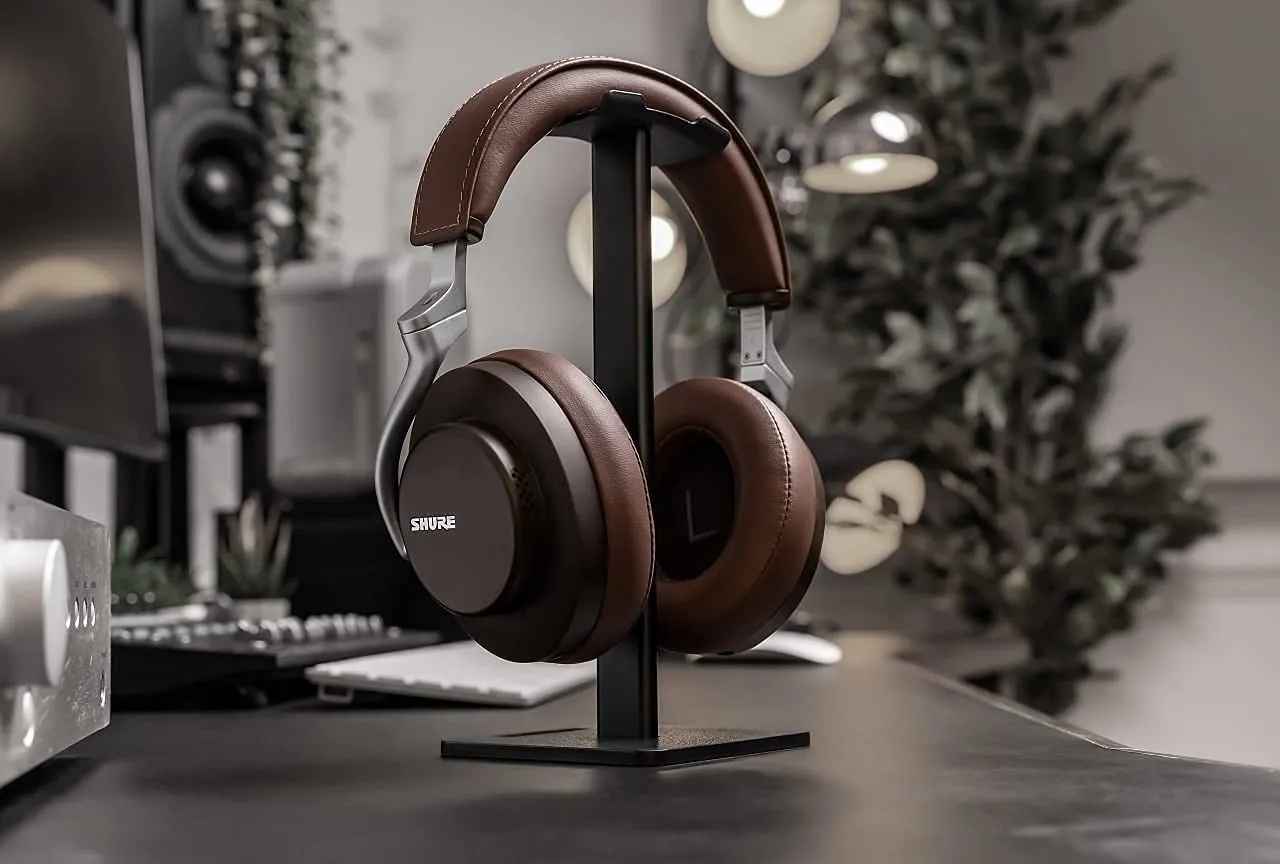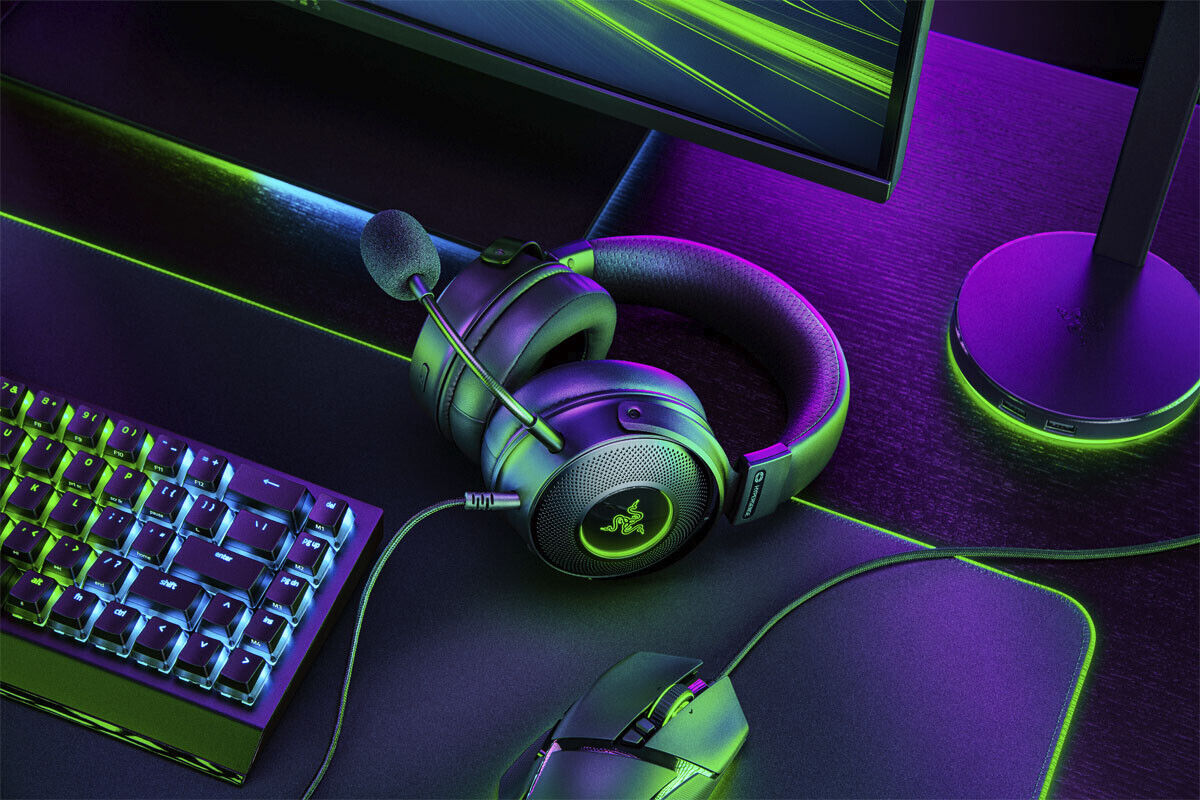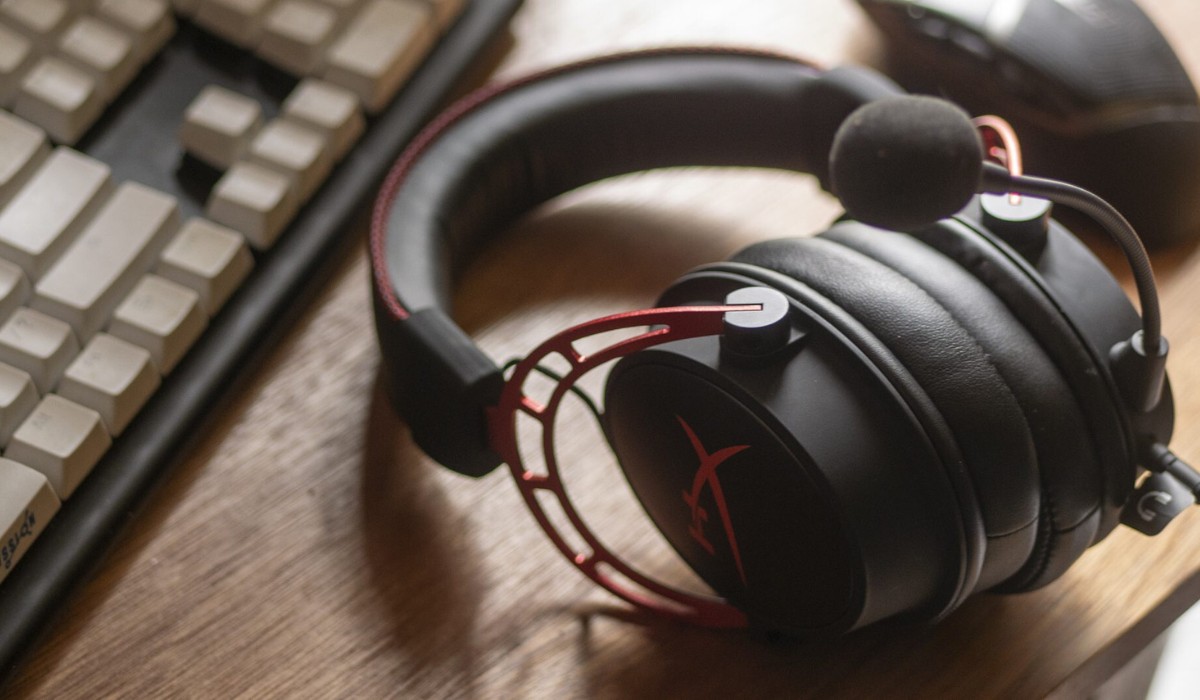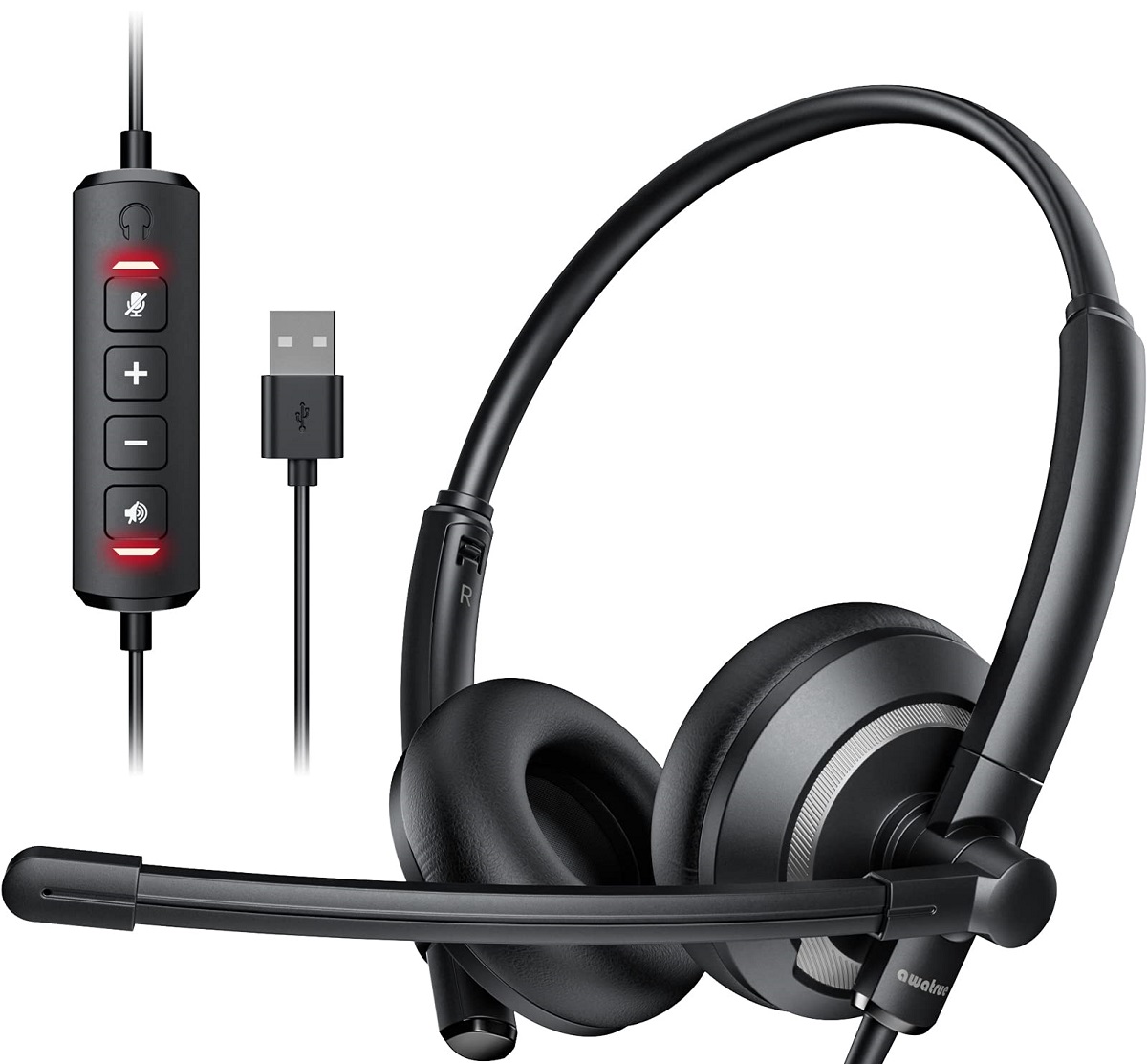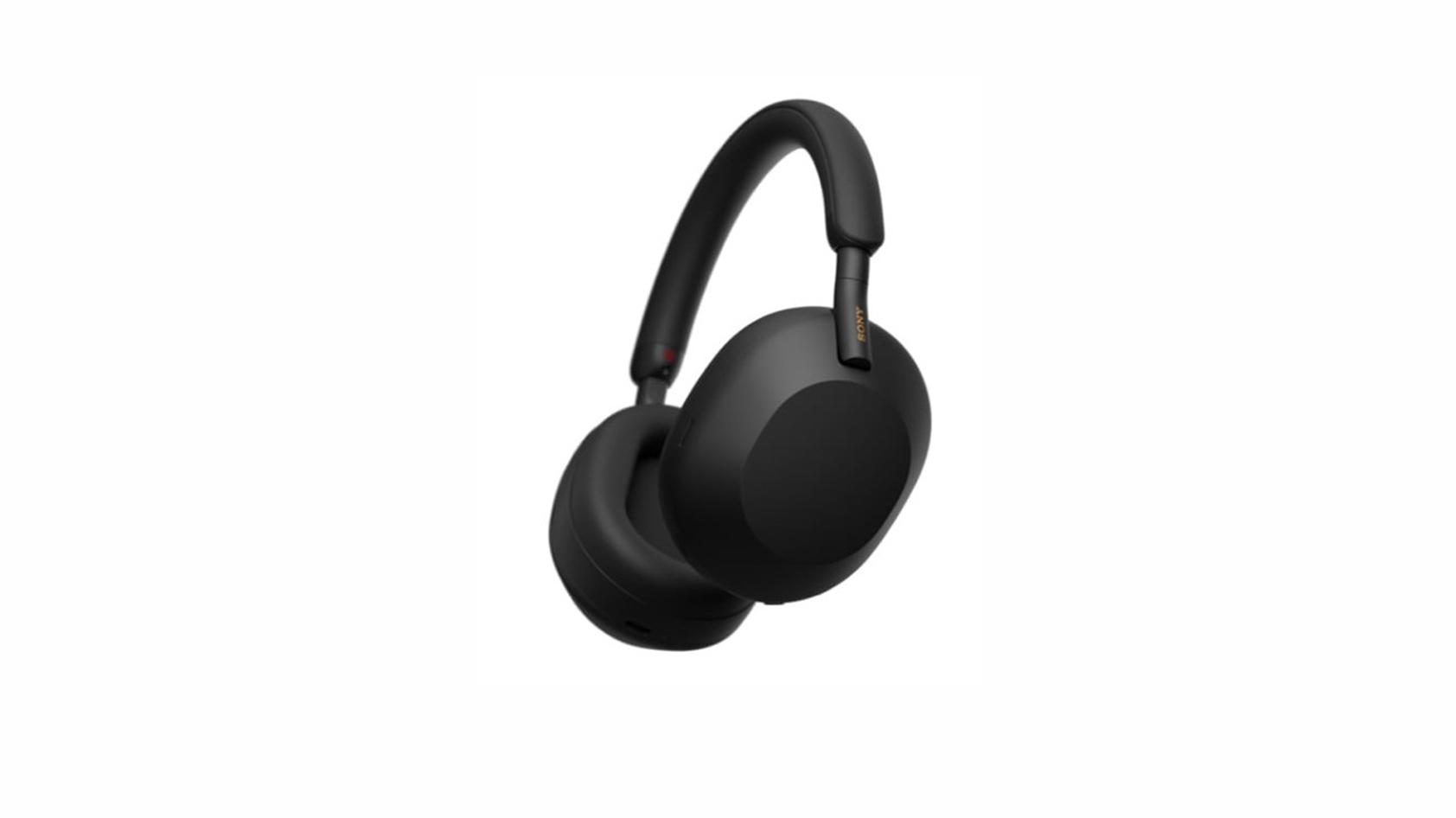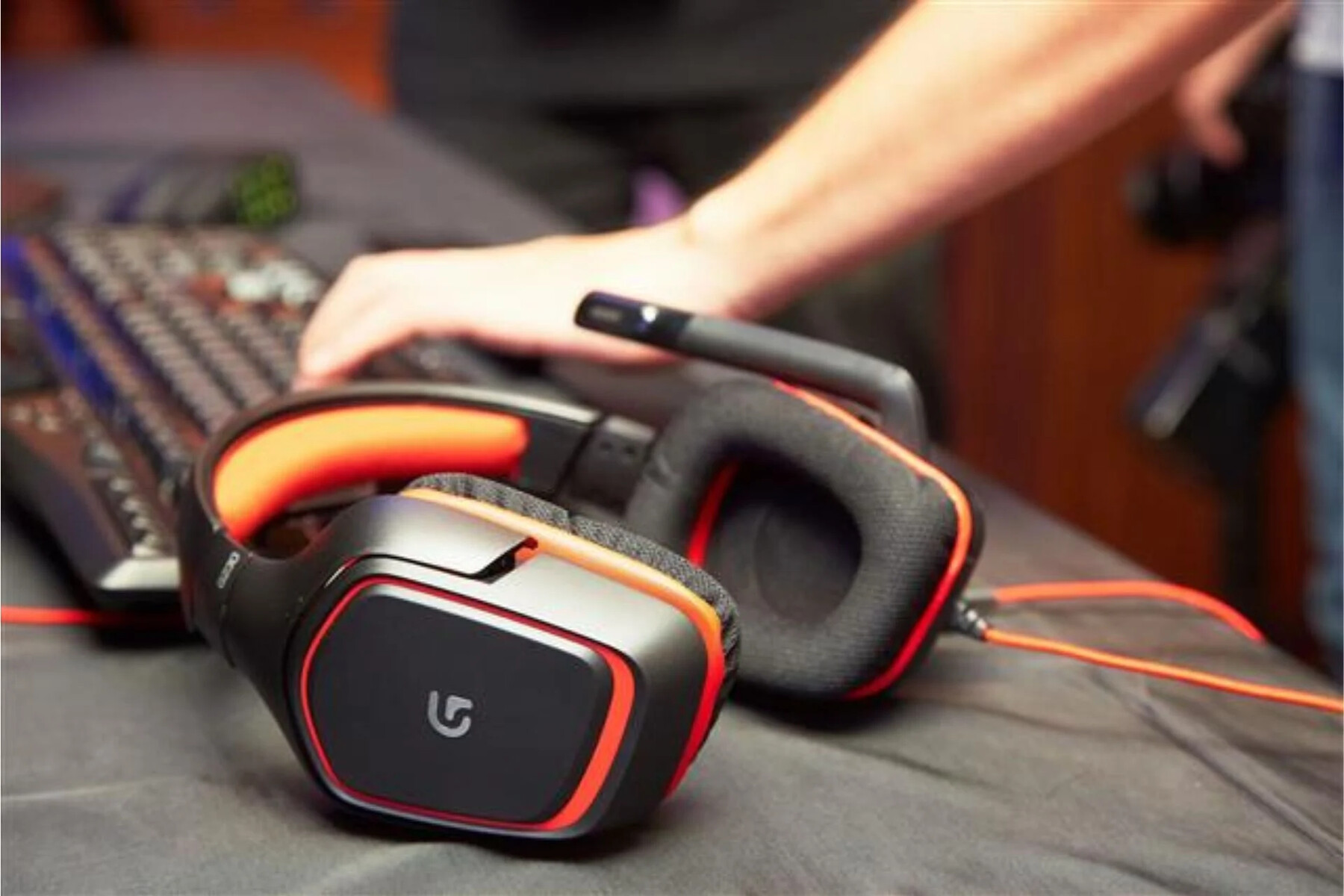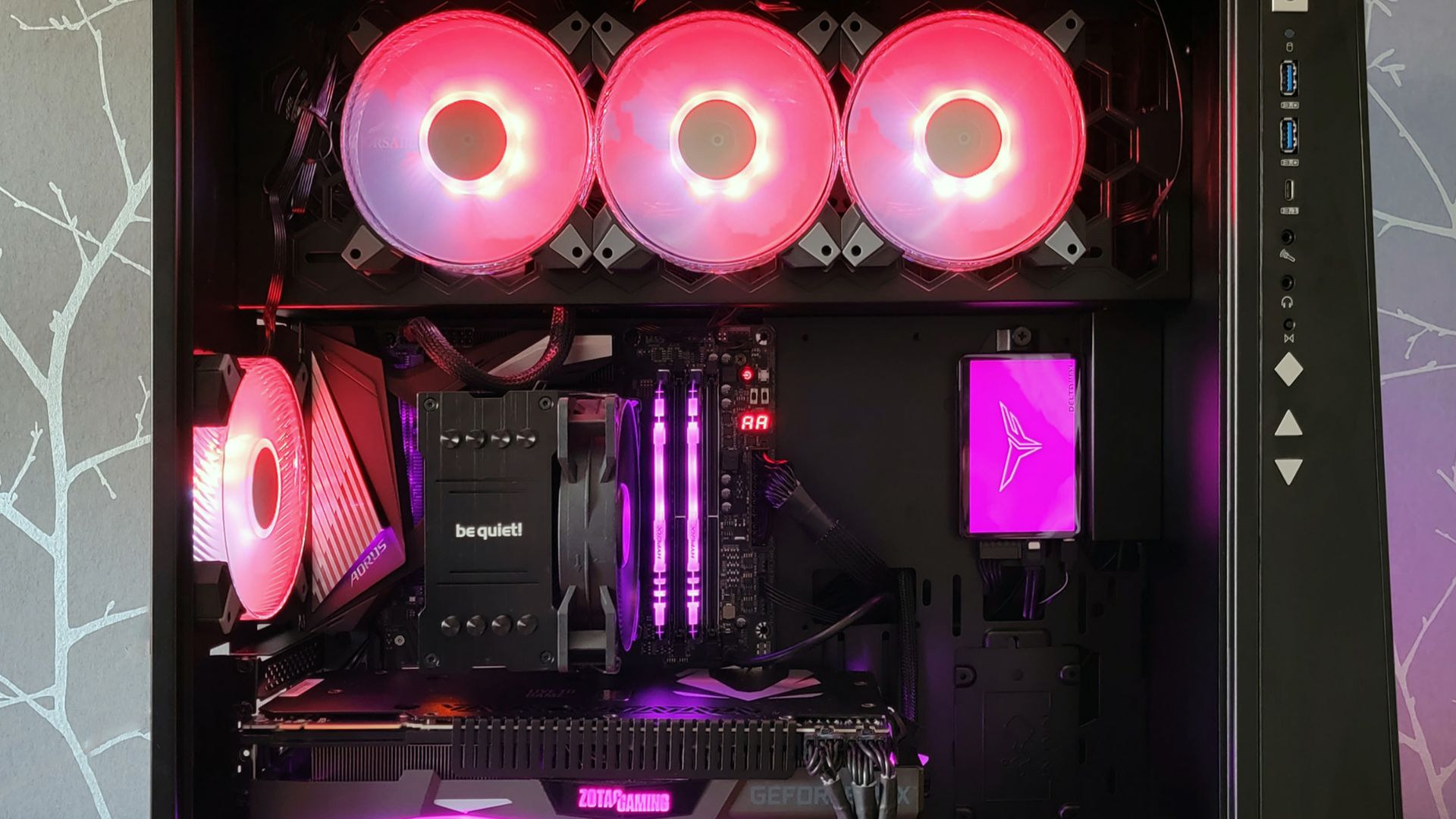Introduction
Welcome to the world of online gaming, where you can immerse yourself in virtual adventures and challenge players from around the globe. To fully experience the thrill and excitement of online gaming, it is essential to have a high-quality headset that allows you to communicate with your teammates and enjoy crystal-clear audio.
Choosing the right gaming headset is crucial for an immersive gaming experience. Whether you prefer wired or wireless, there are a plethora of options available on the market. In this guide, we will walk you through the process of connecting your headset to online gaming, whether it be wired or wireless, and provide troubleshooting tips for common connection issues.
Connecting a wired headset is often a straightforward process. However, the steps may vary slightly depending on the gaming console or computer you are using. We will explore the necessary steps and provide you with a clear and comprehensible guide to help you seamlessly connect your wired headset.
On the other hand, wireless headsets offer convenience and freedom of movement, but the initial setup process can be slightly more complex. Don’t worry; we will break down the steps and guide you through connecting your wireless headset to ensure you can dive into the virtual world of gaming without any hassle.
While connecting your headset is essential, optimizing the settings for online gaming is equally important. We will delve into the various audio settings and provide tips on how to enhance your gaming experience, including adjusting volume levels, enabling surround sound, and managing microphone settings.
Throughout this guide, we will address some common troubleshooting issues to help you overcome any potential hurdles you may face while connecting your headset. From audio not working to microphone problems, we’ve got you covered with effective solutions.
Now that you’re equipped with the basics, let’s dive into the world of online gaming with your trusty headset by your side. Get ready to communicate, strategize, and immerse yourself in a gaming experience like no other.
Choosing the Right Gaming Headset
When it comes to choosing the right gaming headset, there are several factors to consider to ensure you have the best possible audio experience while gaming online. Here are some key considerations to keep in mind:
- Platform Compatibility: First and foremost, check if the headset is compatible with your gaming platform. Whether you’re gaming on a PC, PlayStation, Xbox, or Nintendo Switch, make sure the headset you choose is designed specifically for your platform.
- Wired or Wireless: Decide whether you prefer the convenience of a wireless headset or the reliability of a wired one. Wireless headsets offer freedom of movement, while wired headsets typically provide lower latency and consistent connectivity.
- Comfort: A comfortable gaming headset is essential for those long gaming sessions. Look for adjustable headbands, padded ear cups, and lightweight designs to ensure maximum comfort.
- Audio Quality: Opt for a headset that delivers high-quality audio to fully immerse yourself in the gaming experience. Look for features like surround sound or virtual surround sound to enhance spatial awareness and accurately locate in-game sounds.
- Microphone Quality: If you play multiplayer games that require communication with teammates, a reliable and clear microphone is crucial. Look for noise-canceling technology and adjustable microphone settings to ensure clear voice chat.
- Build Quality: Consider the durability and build quality of the headset. Look for sturdy materials and a well-constructed design that can withstand the rigors of intense gaming sessions.
- Budget: Lastly, determine your budget range. There are headsets available at various price points, so establish your budget and find one that offers the best combination of features and affordability.
By considering these factors, you can narrow down your choices and find a gaming headset that meets your specific needs. Take the time to read reviews and research different models to ensure you make an informed decision. Remember, a high-quality gaming headset can significantly enhance your gaming experience and immerse you in the virtual world of online gaming.
Connecting a Wired Headset
Connecting a wired headset to your gaming device is usually a straightforward process. Here is a step-by-step guide on how to connect a wired headset:
- Start by identifying the audio jack on your gaming device. It is commonly located on the front or back panel of the console or the audio output port of your computer.
- Once you have located the audio jack, plug in one end of the headset’s cable into the jack. The cable usually has a 3.5mm audio connector.
- Next, put on the headset and adjust it for optimal comfort. Ensure the ear cups cover your ears snugly and the headband fits securely.
- Now that the headset is connected physically, you may need to adjust your gaming device’s audio settings. Go to the settings menu and navigate to the sound or audio options.
- Select the appropriate audio output device as your headset. Sometimes, you may need to choose the headset as both the input and output device to enable full functionality.
- Adjust the volume settings to your desired level. Test the audio by playing a game or a video to ensure it is working correctly.
That’s it! You have successfully connected your wired headset to your gaming device. Enjoy the immersive audio experience while gaming online or communicating with your teammates.
Note that the specific steps may vary depending on the gaming console or computer you are using. Some gaming devices may have their own proprietary connectors, and you may need to use adapters or follow specific instructions provided by the manufacturer.
If you experience any issues with the audio, ensure that the cable is securely connected, and double-check your gaming device’s audio settings. If the problem persists, refer to the troubleshooting section of this guide for potential solutions.
Connecting a Wireless Headset
Connecting a wireless headset to your gaming device provides convenience and freedom of movement. Although the setup process may vary slightly depending on the specific headset and gaming device, here are general steps to connect a wireless headset:
- Start by ensuring that your wireless headset is fully charged. Most wireless headsets come with a charging cable that you can connect to a power source to charge the battery.
- Once your wireless headset is charged, turn it on according to the manufacturer’s instructions. This may involve holding down a power button or toggling a switch.
- Next, put the headset into pairing mode. Refer to the headset’s manual for instructions on how to do this, as it may vary between different models.
- On your gaming device, navigate to the settings menu and access the Bluetooth or wireless connection options.
- Ensure that the Bluetooth or wireless feature on your gaming device is turned on and in pairing mode.
- Scan for available devices and look for your wireless headset in the list of available devices. Select your headset to initiate the pairing process.
- Once the headset is successfully paired with your gaming device, you should hear a confirmation tone or see a notification on your device’s screen.
- Put on the headset and adjust it for optimal comfort. Ensure the ear cups cover your ears snugly and the headband fits securely.
- Now that your wireless headset is connected, you may need to adjust your gaming device’s audio settings. Go to the settings menu and navigate to the sound or audio options.
- Select the appropriate audio output device as your headset. Adjust the volume settings to your desired level.
That’s it! You have successfully connected your wireless headset to your gaming device. Enjoy the freedom of movement and uninterrupted audio experience while gaming online or communicating with your teammates.
It’s important to note that the steps above are general guidelines. The specific pairing process may vary depending on the headset and gaming device you are using. Always refer to the headset’s manual for detailed instructions provided by the manufacturer.
If you encounter any issues during the pairing process or face connectivity problems, refer to the troubleshooting section of this guide for potential solutions.
Troubleshooting Connection Issues
While connecting your headset to online gaming, you may encounter certain connection issues that can disrupt your gaming experience. Here are some common troubleshooting steps to help you resolve these issues:
- No audio: If you’re not hearing any audio through your headset, ensure that the headset’s cable is securely connected to the audio jack. Additionally, check the audio settings on your gaming device and make sure the headset is selected as the default audio output device.
- Poor audio quality: If the audio quality is distorted or unclear, try adjusting the volume levels on both your gaming device and the headset. You can also check if there are any audio enhancements or equalizer settings that need to be adjusted for optimal sound quality.
- Mic not working: If your microphone is not functioning, check if the headset’s mic is muted or if the volume is turned down. Adjust the mic settings on your gaming device and ensure that the headset is selected as the default input device. If the issue persists, try using the headset on another device to determine if it is a compatibility problem.
- Wireless connectivity issues: If you’re using a wireless headset and experiencing connection dropouts or intermittent audio, try moving closer to your gaming device to eliminate any potential interference. Keep away from other wireless devices that may disrupt the signal. If possible, update the headset’s firmware or try resetting the wireless connection according to the manufacturer’s instructions.
- Compatibility problems: Some headsets may have compatibility issues with certain gaming consoles or devices. Check the headset’s specifications and ensure that it is designed to work with your specific gaming device. If compatibility problems persist, reach out to the manufacturer’s support for further assistance.
- Software updates: Ensure that both your gaming device and the headset’s software are up to date. Software updates often include bug fixes and improvements that can resolve compatibility or connectivity issues.
If you have tried the troubleshooting steps above and continue to experience connection issues, it is advisable to consult the headset’s user manual or contact the manufacturer’s customer support for specific guidance. They can provide you with more in-depth troubleshooting steps based on the headset model and your gaming device.
By troubleshooting and addressing connection issues promptly, you can ensure a seamless and enjoyable online gaming experience with your headset.
Optimizing Headset Settings for Online Gaming
To enhance your online gaming experience with your headset, optimizing the audio settings can make a significant difference. Here are some tips to help you optimize your headset settings:
- Volume levels: Adjust the volume levels on your gaming device and the headset to a comfortable level. It’s important to find a balance that allows you to hear the game audio and communicate effectively with your teammates without causing discomfort or damaging your hearing.
- Surround sound: If your headset supports surround sound or virtual surround sound, enable this feature for a more immersive gaming experience. Surround sound enhances spatial awareness, allowing you to accurately locate in-game sounds and footsteps, giving you a competitive edge.
- Microphone settings: Ensure that your microphone is correctly positioned and adjusted for optimal voice capture. Check the microphone sensitivity settings on your gaming device and adjust them to prevent distortion or background noise interference. Consider using noise-canceling features to eliminate unwanted environmental noise from your microphone input.
- Equalizer settings: Many headsets offer customizable equalizer settings that allow you to fine-tune the audio to your preference. Experiment with different equalizer presets or manually adjust the frequencies to enhance specific audio frequencies, such as bass or treble, based on the game or your personal preferences.
- Game-specific audio settings: Some games offer audio settings within their options menu. Explore these settings to optimize the audio specifically for each game. Adjust dialogue, music, and sound effect volumes to your liking to create a more immersive and balanced audio experience.
- Headset firmware updates: Keep your headset’s firmware up to date by checking for any available updates provided by the manufacturer. Firmware updates often include bug fixes and performance improvements that can optimize your headset’s functionality.
Remember, audio preferences are subjective, and what works for one person may not work for another. Take the time to experiment with different settings to find what provides the best audio experience for you.
Furthermore, it’s essential to find a comfortable balance between game audio and voice chat. Adjust the volume levels accordingly to ensure you can hear important in-game sounds while still being able to communicate effectively with your teammates.
By optimizing your headset settings, you can elevate your online gaming experience, immersing yourself in the game world and enjoying crystal-clear audio that enhances gameplay and communication.
Conclusion
Connecting your headset to online gaming is essential for a fully immersive and interactive gaming experience. Whether you choose a wired headset for reliable connectivity or a wireless headset for freedom of movement, following the proper setup process is crucial.
When selecting a gaming headset, consider factors like platform compatibility, comfort, audio quality, microphone quality, and budget. By choosing the right headset, you can enhance your gaming experience and enjoy clear communication with your teammates.
Connecting a wired headset involves plugging the cable into the audio jack and adjusting the audio settings on your gaming device. On the other hand, connecting a wireless headset requires pairing it with your gaming device via Bluetooth or wireless connectivity.
If you encounter any connection issues, troubleshooting steps such as checking the cable connection, adjusting audio settings, and updating firmware can help resolve the problem.
Once your headset is connected, optimizing the headset settings for online gaming is important. Adjust the volume levels, enable surround sound, fine-tune the microphone settings, and explore equalizer options to enhance your audio experience.
Remember to find a comfortable balance between in-game audio and voice chat, and keep your headset’s firmware up to date for optimal performance.
By following these steps and optimizing your headset settings, you can fully immerse yourself in the world of online gaming, communicate effectively with your teammates, and elevate your gaming experience to new heights.







